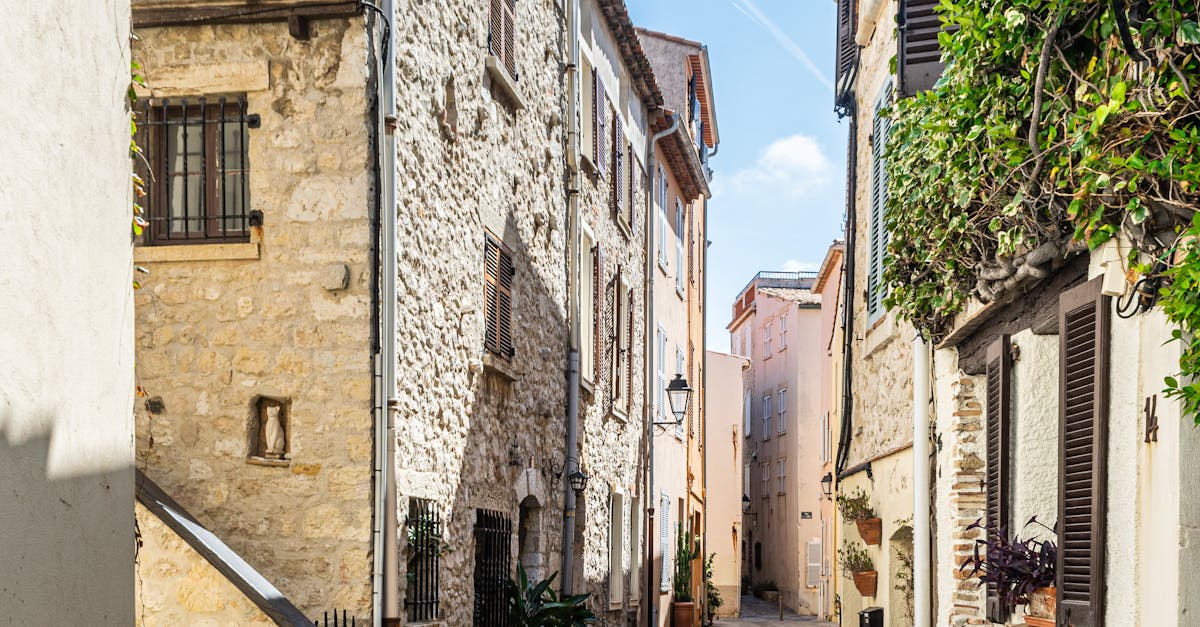 By weatherproofing cobblestone surfaces, you can minimize wear and tear by creating a protective barrier that shields the stones from harsh weather conditions and environmental factors.
By weatherproofing cobblestone surfaces, you can minimize wear and tear by creating a protective barrier that shields the stones from harsh weather conditions and environmental factors.The Art of Cobblestone Paving Throughout HistoryRelated Links
Best Practices for Weatherproofing Cobblestone Driveways Weatherproofing Strategies for Extending the Lifespan of Cobblestone Features
s blend of old-world charm with contemporary aesthetics. Beyond its visual appeal, cobblestone offers practical benefits such as low maintenance requirements and excellent permeability, making it an ideal choice for creating environmentally friendly and visually striking landscapes.
Sustainable Practices and Ecofriendly Options
Sustainable practices play a significant role in the preservation and maintenance of cobblestone pavements. Opting for eco-friendly materials such as reclaimed cobblestones or recycled aggregates not only reduces environmental impact but also adds a unique charm to the streets. In addition, incorporating permeable paving techniques allows for better water drainage, preventing water runoff and promoting groundwater recharge. These practices contribute to creating a more sustainable urban environment while also enhancing the aesthetic appeal of cobblestone pavements.
When considering eco-friendly options for cobblestone paving, it is essential to explore alternative binding agents that are environmentally friendly and durable. Utilising natural materials like geopolymer binders or plant-based resins can significantly reduce the carbon footprint associated with traditional cement-based mortars. Furthermore, implementing energy-efficient installation techniques and machinery can further enhance the sustainability of cobblestone projects. By prioritising eco-friendly practices and materials, cities can ensure the longevity and beauty of their cobblestone streets for generations to come.
Artistic Expression Through Cobblestone Mosaics
Cobblestone mosaics are a stunning form of artistic expression that has been utilized throughout history to create intricate and captivating designs in pavements and walkways. From geometric patterns to elaborate motifs, cobblestone mosaics showcase the creativity and craftsmanship of the artisans who meticulously arrange each stone to form a coherent and visually appealing composition. These mosaics not only serve as functional pathways but also as works of art that enhance the aesthetic appeal of their surroundings.
One of the key aspects of cobblestone mosaics is their ability to convey cultural stories and symbols through the use of unique patterns and designs. In many historical cobblestone streets, you can find mosaics that depict local folklore, religious narratives, or symbols of prosperity and good fortune. The intricate details and symbolism embedded in these mosaics add layers of meaning to the urban landscape, inviting viewers to appreciate not only the beauty of the craftsmanship but also the stories and traditions woven into the very fabric of the cobblestone streets.
Contemporary Designs and Installations
Contemporary cobblestone designs and installations have evolved to blend seamlessly with modern urban landscapes, adding a touch of historic charm to city streets. Integrating cobblestones into contemporary architecture and infrastructure projects has become increasingly popular in recent years. From public squares and pedestrian walkways to driveways and patios, cobblestones offer a unique aesthetic appeal that transcends time.
Innovative designers and architects are experimenting with different patterns, sizes, and colours of cobblestones to create striking visual effects and enhance the overall ambience of outdoor spaces. The juxtaposition of traditional cobblestone paving with sleek, minimalist structures adds an element of contrast that is both visually appealing and culturally significant. Contemporary cobblestone installations not only pay homage to the past but also serve as a testament to the enduring beauty and versatility of this age-old paving technique.
ts, regular maintenance is crucial to retain their character and charm. Proper upkeep not only prolongs the lifespan of the cobblestones but also ensures the safety and usability of these historic thoroughfares. Maintenance tasks may include repointing, repairing damaged stones, and keeping the surface clean from debris and vegetation encroachment.
When it comes to preserving historic cobblestone streets, it is essential to strike a balance between conservation and modern functionality. Implementing appropriate preservation techniques, such as using traditional materials and techniques, can help maintain the authenticity of these streets while ensuring their continued use by pedestrians and vehicles alike. Additionally, collaborating with historians, preservation experts, and local communities can provide valuable insights and support for the long-term preservation of these cultural heritage sites.
Challenges and Best Practices
Challenges involved in preserving historic cobblestone streets are multifaceted. One key issue is finding a balance between maintaining the historical integrity of these pathways while ensuring they remain functional for modern-day use. This delicate equilibrium often requires extensive research, planning, and collaboration between preservationists, city planners, and engineers to mitigate potential conflicts and preserve the cultural significance of these streets.
hat are the best practices?
Challenges in preserving cobblestone streets include wear and tear, changing urban landscapes, and maintenance costs. Best practices involve regular inspections, timely repairs, and community involvement in preservation efforts.
Related Links
Evolution of Cobblestone as a Building MaterialInnovations in the Use of Cobblestone in Construction
Historic Developments in Cobblestone Construction
Traditional Cobblestone Construction Practices